This winter, London is the art centre of the world.
I covered five shows in four days, and will give you the taste of what to expect in this blog over the next couple of weeks.
1. Rembrandt: The Late works – the National Gallery
A deluge of people against an overload of great art. If you are as fond of crowds as a presidential candidate on a campaign tour, you’d enjoy it. Otherwise, note which museums the works you like come from, and plan on going there when the show’s over. Rembrandt is meant to be watched and contemplated, and not from the back of a couple of dozens of people who leave you only the upper part of the painting to view. This is a great show to introduce someone to Rembrandt but very difficult to enjoy once the introductions have been made.
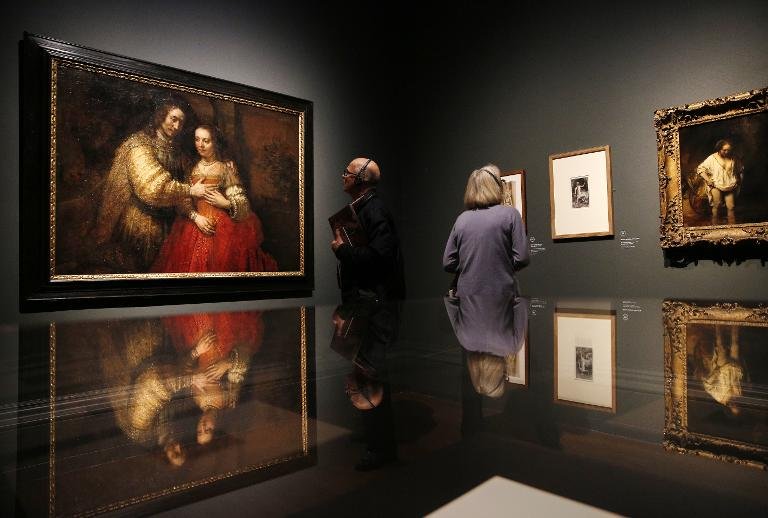
2. Late Turner: Painting Set Free – Tate Britain
“Painting set free” is a strange way to name a show of the artist who was most calculating and least spontaneous. I agree some of his works appear to be made on the spur of a momentary fit of passion, but as you get closer to see the brushwork, you realise you’ve been tricked.
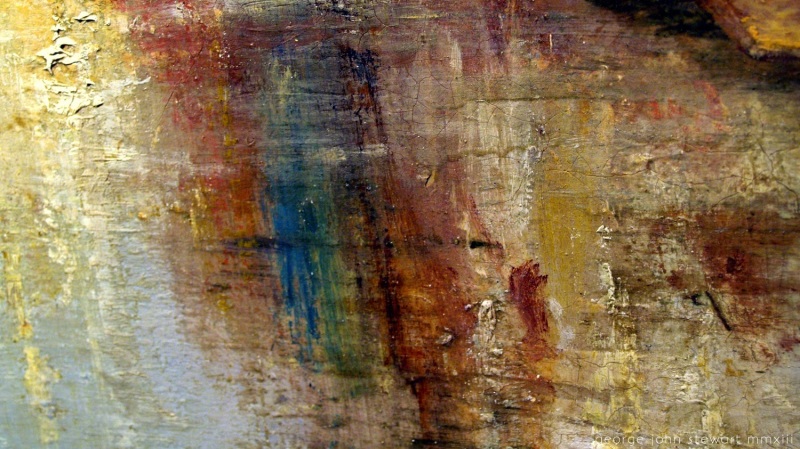
It is as spontaneous as an Einstein’s manuscript with pages densely covered by seemingly incomprehensible formulas. And then you remember that Einstein was no Cy Twombly. See for yourself:
It is a great show, just don’t believe its title.
3. Constable: The Making of a Master – V&A
Putting sketches next to paintings is always good: it helps to see how artistic thought traveled from the initial impression to its final destination on the canvas. I just wonder if V&A and Tate conspired to stage their shows of the two great contemporaries at the same time. If so, they should have linked them up by a free bus route or something. As it is, both shows lack references to each other, and hence some important historical context.
Constable is a must-see too. Without him, we just might be locked in the postcard canalettos for much of the 19th century, and would never know that it is a silvery gray that makes blue, white, and green colours really alive. Well, we’d find it out at some point, of course, but how many artistic careers would be wasted while the world is waiting for the discovery?

4. Giovanni Moroni – The Royal Academy
Moroni was a contemporary of Titian and Veronese, but in a portrait competition he’d win hands down over both of them. I had seen a good share of the paintings from this exhibition at various Italian galleries, and meeting them again was akin to catching up with a good friend. Moroni’s characters stay in memory like friends who neither own you money nor intend to borrow some. Kind of no-obligation friends. The more you look into their faces, the more you feel you understand them. I’d be tempted to call this magic, but it is not, and I will be showing what artistic tricks he used to make it work this way.
Parallel to Moroni, the Royal Academy is running a show of the Royal Academician Allen Jones (I wrote a bit about him here). Both banners hang next to each other on the facade of the building.
The posters illustrate how deep we have plunged since the 16th century. We went all the way down from professing interest in human achievement, condition, and destiny to, well, fetishism about tits. Kate Moss is looking above the observer’s head in the arrogant way of a model who’s got a glamorous half-body of armour to peddle to the masses, and her own sexuality to sell to the highest bidder (even if neither she or the artist intended it to be so).
Standing in the courtyard of the RA, I asked friends was it Kate Moss or the unknown guy they’d like to chat up, and they unanimously voted for the bearded guy. I have to admit most people go to the Jones’ show, but unless you happen to be a feminist of the fetishistic persuasion, you may not find it interesting.
5. Egon Schiele: The Radical Nude – The Courtauld Gallery.
I am not saying art shouldn’t explore human sexuality, sexual relationships, and sex, in general. I simply find it very boring when art is doing only that. Fortunately, Schiele was so much more than a skilled graphic artist slightly (or maniacally) obsessed with teenagers discovering their bodies, sex, and the mortality of the flesh.
I am certain that today he would be isolated as a potential paedophile (he didn’t just collect pictures of naked teenagers, but he made them) for longer than the month he had to spend in an Austrian village prison, but it doesn’t make his take on the human body less interesting.
There is also a show by Jasper Johns (titled “No Regrets”) in the room you have to pass on your way to Egon Schiele exhibition: don’t stop to have a look.
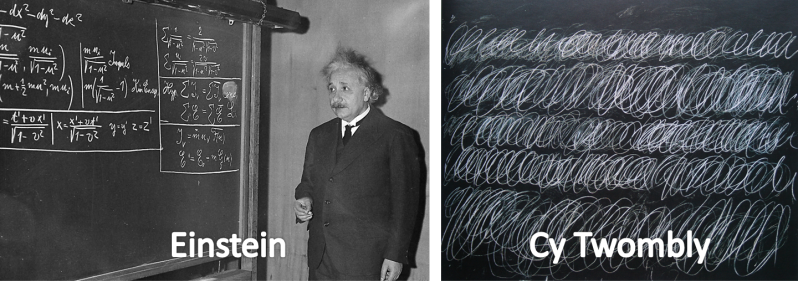
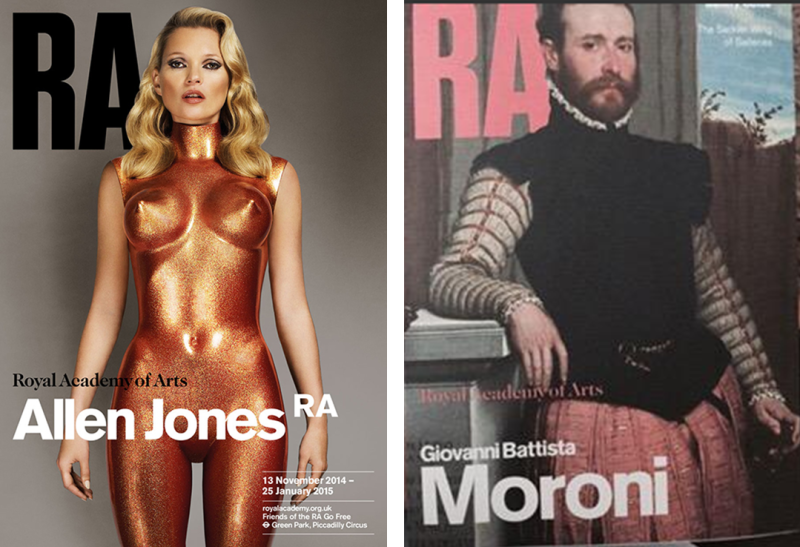
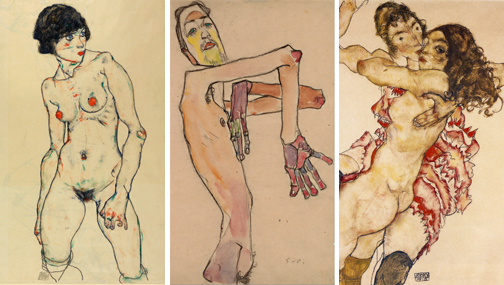
Reblogged this on VINTAGE STUDENT.
I too had the exhausting, yet pleasurable task of visiting a number of exhibitions over the space of 2 days whilst on a recent trip to London. It seems that today the art scene is either that of a ‘Feast or Famine’..find my full article at https://eeacollins.wordpress.com/2014/11/26/feast-or-famine/
Sorry I was slow to respond: I am on a break, skiing ))
Thanks for the link, I’d be happy to follow in your footsteps in the next few days!
Not a problem, enjoy your break 🙂
I agree with you London appears to be the place to see Great Art , My blog has various reviews mainly of Exhibitions I have seen at both Tate Modern and Tate Britain, I will be reviewing the Late Turner Exhibition , what a great master he was, and of course Polke is at Tate Modern and I hope to write about him as well. , Turner sort of eclipsed Constable who also was a great Landscape painter
but popular in France ,His ‘ Hay wain’ is a great Landscape with colour and depicting life in the Country , it is one of my favourite Paintings.
I am sure I’d enjoy your reviews – and we may even compare notes along the way, if I manage to wrap up Turner and Constable next week!
There is hope! There is hope!
The apes are increasingly withdrawing to their phones. Those who want to contemplate the masterpieces are not so many as to block the view 😉
Digital engagement is something modern galleries are yet to learn… )
Reblogged this on Fonte da arte and commented:
you write so well and entertainingly. very enjoyable. one question: is the Jasper Johns show bad or do you just not like Jasper Johns? And, (question two) if you could have Einstein’s blackboard or Cy Twombly’s, which would you chose? I agree about Kate Moss — she’s a bore.
Thank you!
I think Johns show is just a spasm of an artist with a few clever artworks in the past and no ideas for the future. Not really touching, and not about anything of importance to me. I am sure that Leonard Cohen said everything Johns is trying to say in his verbose paintings, but Cohen was concise and beautiful in just a few lines:
My friends are gone
My hair is grey
I ache in places
I used to play.
This is Guardian’s view of the show (http://gu.com/p/4xgkq/stw). It is so positive, that I suspect Jones the art critic has been paid by one of the sponsors for the review. If you manage to read it, you will learn that Johns changed the course of art in the 20th century and can be compared to Rembrandt. That’s just too much, even for a paid review.
********
I’d go for Einstein’s board, of course. If it disappears from human history, it would be a huge set back for science and human progress. if Cy Twombly somehow doesn’t begin to exist, it would have no impact whatsoever. He would simply get replaced by some other “revolutionary expressive” abstract artist.
v interesting. I checked out The Guardian review. (I didn’t realize some reviews are puff pieces that someone paid for — shows how much I know.) It was over the top, I agree. But I would definitely go with the Cy Twombly blackboard simply cuz Einstein’s theorems are so available. Now I’ll tell you a funny story. When my nephew was a little boy, I took him to MOMA. We stopped in front of a Twombly, he looked at for a while and then looked up at me and said, ‘This reminds me a little of my own work.’
Well, Twombly loses almost everything on a photograph… He was creating layered works and that can only be fully “taken” in person )